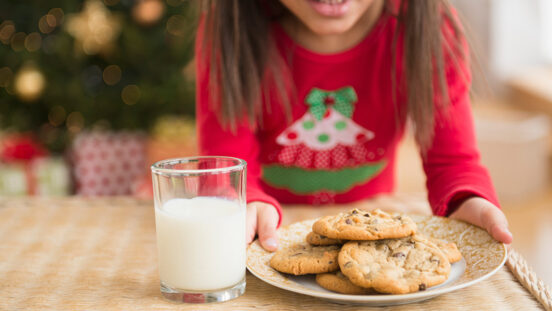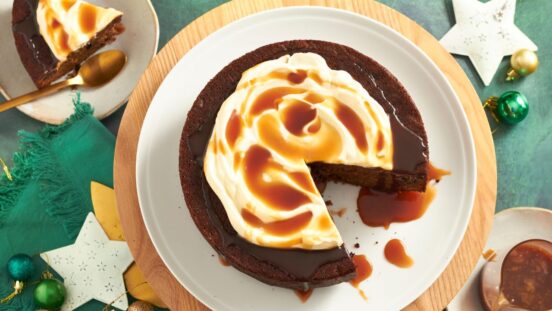Taking care of your newborn – nappy changes and bath time
Find out how to change your newborn's nappy and give them a bath!
After the first intoxicating cuddles and snuggles, one of the first things a parent does after their baby is born is change their nappy. As midwife Karin Abood says, “Some parents have never held a baby before, so it can be a bit daunting.”
To make things easier for new parents, we’ve compiled a series of antenatal videos, one of which you can watch in full above on newborn baby care, which includes soothing your baby and getting them to sleep, as well as how to change a nappy and how to bath a newborn.
Scroll down to find out from midwife Karin Abood about changing nappies and bathing babies.
Changing your baby’s nappy
First things first, you need to gather the basics: “A good quality nappy and purified water wipes, such as Huggies are my go to’s – as well as being good quality they are also endorsed by the Australian College of Midwives,” says Karin. “Huggies have wipes made from 99% Purified Water, which means they are gentle on the skin.”
Once you get settled at home you’ll have a nappy station or change table, or a nappy bag that you can move around your home and take out and about.
Along with quality nappies that provide up to 12-hour leakage protection and great absorbency to keep your baby’s skin clean and dry between changes, you need hand sanitiser, moisturiser and nappy cream.
The first thing you need, says Karin, is a safe place to put your baby, and this can be a change table, bed or a change mat on the floor. “It’s good to get into the habit of always keeping one hand on your baby, especially if you turn away from them. They might not be able to move as such but think about how much they wriggled inside you!”

A safe place to change your baby may be on a change table, the bed or a change mat on the floor.
Cleaning your baby’s bottom in 5 steps
- Put your baby on the change table and undress their lower half.
- Pull back the fasteners on both sides and open the nappy – then place it back over the nappy area as the change in air temperature can make them wee.
- Using gentle Huggies Thick Baby Wipes 99% Purified Water, clean the nappy area, making sure to wipe the creases. Lift the legs and clean the bottom area, always ensuring to wipe from front to back for baby girls.
- Fold up the used nappy and, raising your baby’s legs, place a clean nappy underneath.
- Open the side tabs so the fit is snug but not too tight, and make sure the sides aren’t tucked inside. Dress your baby and dispose of the used nappy.
In your newborn’s first month, you can expect to go through about 12 nappies in a 24-hour period – or more than 300 nappies in the first four weeks! By choosing a good quality nappy, you can expect to make fewer changes, which may save you money in the long run.
When asked what to look for in a good nappy, Midwife Karin explains that skin health is key. “You want a nappy that is going to keep baby’s skin dry, also something that’s super soft and breathable. All these things will look after baby’s delicate skin … stretchy sides, soft feel, wetness indicator, breathability. Huggies Newborn are a great option that ticks all these boxes.”

Changing a baby’s nappy can be a bit daunting if you haven’t done it before.
How to bath your baby
Something else that can be daunting when you have a new baby is bathing them. “Their first bath will likely be in hospital with the support of the midwife/nurse,” says Karin Abood. “And frequently the birth partner/other parent gets to do this.”
“Once you are home, you can use Huggies 99% Purified Water Wipes to clean your baby in the early days. The water wipes are safe for bottom, hands and face,” says Karin. “They are proven gentle on skin so are perfect for top and tail wash.”
Baby skin is extremely delicate, five times thinner than adult skin so it’s important to treat it with care. Also, remember to be careful around the fontanelles – the soft spots on the top of the head and the base of the head.
Karin talks us through how to get ready to bath your little one. “Prepare everything before you start to undress Baby – towels, products, clean nappy and clothing for afterwards,” says Karin. “There are lots of options for baths such as ones you place in the bath, the sink or the shower floor, freestanding baths, and hammocks.”

Place your hand under your baby’s back to hold under their arm, and gently lift them into the water to bathe them.
Bathing your baby in 8 steps
In the early days, babies don’t need to be bathed as their natural oils protect them. Using products like shampoo or body wash aren’t necessary, but you may want to use them.
- Gather your products – towel, face washer, wipes, clean nappy, fresh clothing, etc
- After running the bath (run cold water first and last and check the temperature is no more than 37 degrees), place your baby on their towel, on a flat surface next to the bath.
- Undress your baby, keep the nappy on and wrap them in their towel. Using clean hands, use a washer and water to clean baby’s eyes from the inside, near the nose, to the outer eye. Next, clean your baby’s creases behind their ears and under their chin.
- Wrap baby in their towel, and hold them over the bath to wash their head.
- Pop them next to the bath, use the towel to dry their head, unwrap baby and undo their nappy.
- Using water wipes or a little water, massage baby’s skin, getting into the creases.
- Place your hand under your baby’s back to hold under their arm, and gently lift them into the water to bathe them.
- Once done, gently dry them, put on a clean nappy and get them dressed.
Aim to treat bathtime like quality time. Touch your baby’s tiny toes, lock eyes and chat or sing.
Brought to you by Huggies





